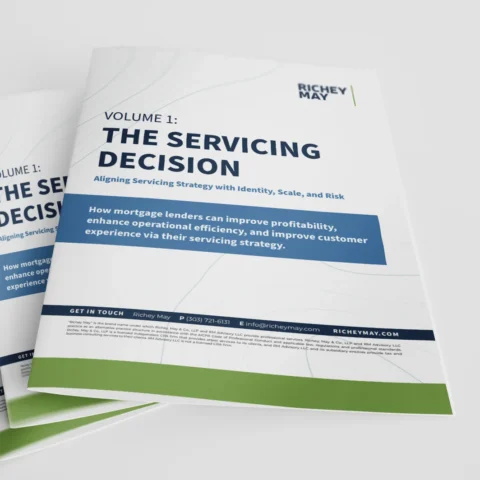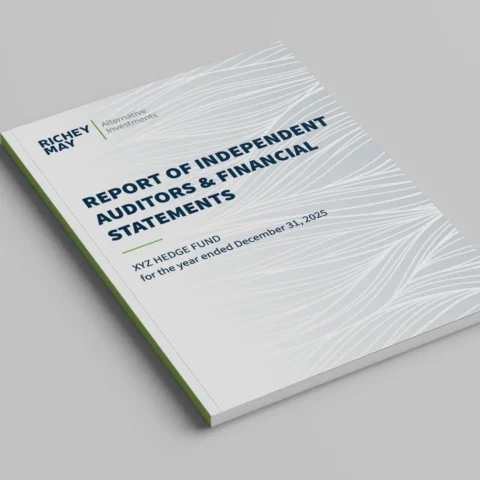This is the third and final part of our series on managing liquidity in mortgage banking, featuring Richey May’s Director of Mortgage Banking Seth Sprague. In Part 1, we looked at liquidity’s impact on mortgage origination and servicing. Part 2 examined implications for servicing. In Part 3, we turn our focus to the proposed new bank capital rules and their impact on managing liquidity.
On July 27, 2023, FDIC regulators proposed a sweeping new set of policies requiring banks with at least $100 billion in assets to hold more capital – effectively billions more. Coming five months after the bank runs that toppled Silicon Valley Bank, the proposal aims to strengthen and stabilize the backbone of the financial system by making big banks less vulnerable to risk, according to the FDIC Fact Sheet.
But what about the implications for smaller independent mortgage banks? Seth Sprague believes they could be significant. And, amid rising concerns about a recession, he’s not alone in that.
For starters, the new rules would raise the risk weights for residential mortgages, especially those with smaller down payments. In general, the smaller the down payment, the greater the risk – and the riskier the asset, the larger the capital requirements to guard against losses.
As the proposal enters the review phase, opposition to the new rules is growing. The nonprofit Bank Policy Institute warns about “resulting harm for consumers and small businesses.”
Liquidity lags. Sprague cautions the consequences could have far-reaching effects on IMB liquidity.
“IMBs are already suffering liquidity inconsistencies in all aspects as they try to originate mortgages and either retain servicing or release it,” Sprague said. “The new capital rules could have a trickle-down effect across the entire mortgage ecosystem, including IMBs.”
For IMBs, the proposal puts added pressure on liquidity management in four specific areas:
- Warehouse lines on the front end to fund loans
- Liquid correspondent market to sell loan servicing released
- Liquid servicing to sell servicing or monetize retained servicing
- MSR financing to help fund servicing advances
Keep an eye on the end game. Sprague advises IMBs to think long term and adapt strategies as needed. For instance, “imagine the correspondent channel doesn’t exist anymore. If you originate and you don’t have your agency tickets, your model doesn’t work anymore.”
Reminder: To get your Ginnie Mae ticket, you need at least two years of servicing for Fannie Mae and Freddie Mac. “So the thought process here is IMBs really need to kind of think about this longer term and the twists and turns that could occur,” Sprague said.
Cautionary tale. The spike in mortgage delinquencies that happened in April 2023 and the resulting impact on servicing advances provides a cautionary tale. Anomalies in the calendar in September and December could spark another spike in delinquencies.
“Both Q3 and Q4 end on weekends and the bigger problem is year-end, as December 29th is the last business day of 2023” Sprague said. “So just be prepared and think about that now.”
Sprague points to a slowdown in prepayment speeds as rates have increased, which can lead to a cash advance situation. “As you know, that’s a short-term, this-year problem,” he said. “The new capital rules are going to be impacting us long term.”
The upshot: Knowing the capital rules for banks may be changing, watch your end game and how you manage liquidity. And stay tuned for our next series, where we’ll highlight the implications that the bank capital rules may have across every area of liquidity and revisit best practices.
To learn more about managing liquidity in light of the new bank proposed capital rules and how Richey May is working with the mortgage industry to minimize the impact, email us at info@richeymay.com.





